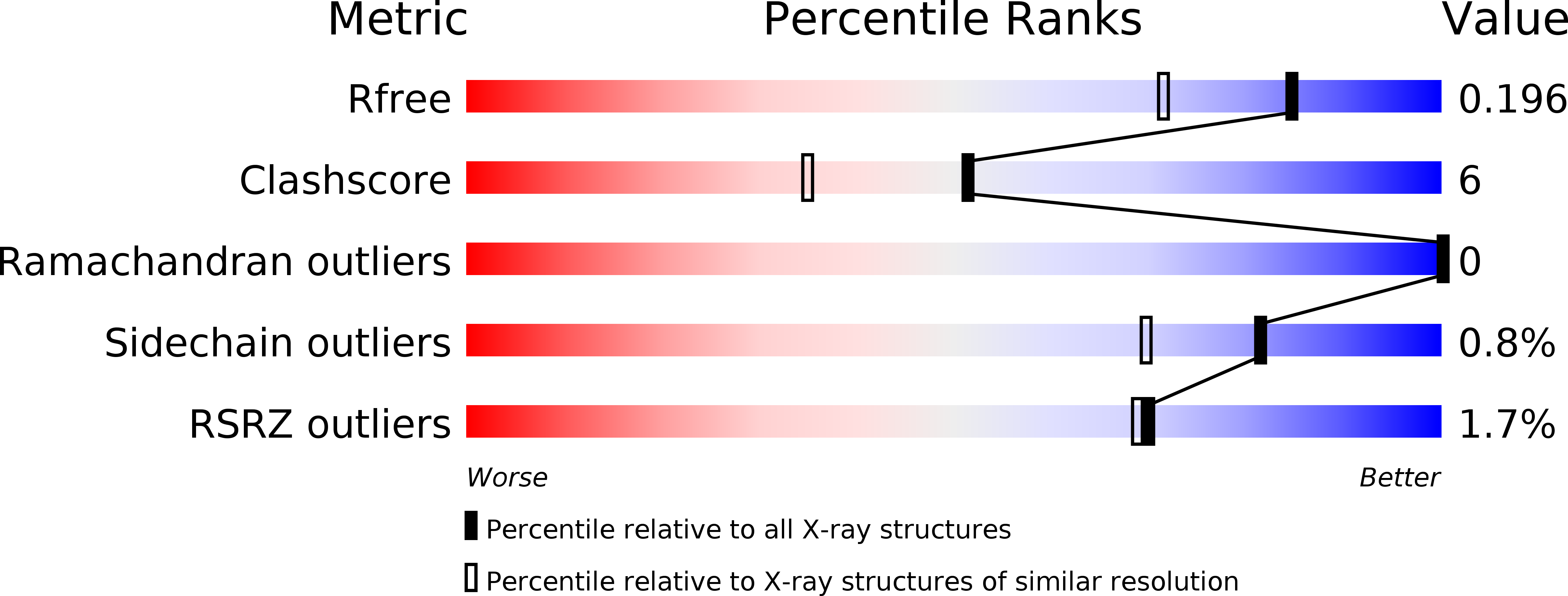
Deposition Date
2013-11-28
Release Date
2013-12-11
Last Version Date
2024-10-23
Entry Detail
PDB ID:
4CH2
Keywords:
Title:
Low-salt crystal structure of a thrombin-GpIbalpha peptide complex
Biological Source:
Source Organism:
HOMO SAPIENS (Taxon ID: 9606)
Host Organism:
Method Details:
Experimental Method:
Resolution:
1.60 Å
R-Value Free:
0.18
R-Value Work:
0.15
R-Value Observed:
0.15
Space Group:
C 1 2 1


